Discover how Chandan powder naturally removes tan, cools the skin, and restores your natural glow. A divine...
why radha is not mentioned in srimad bhagavatam
The Srimad Bhagavatam is one of the most revered texts in Hindu philosophy, offering a deep dive into the life and teachings of Lord Krishna. Yet, for many devotees and scholars alike, a perplexing question lingers: why is Radha, the beloved consort of Krishna, notably absent from its verses? This inquiry isn't merely academic; it probes deeper layers of understanding regarding divine love and spiritual narratives within Vaishnavism. Join us as we unravel this intriguing mystery, exploring historical contexts, theological significance, and mystical interpretations that illuminate Radha's role—or lack thereof—in this sacred scripture.
Understanding the Srimad Bhagavatam and its Focus
The Srimad Bhagavatam is a profound scripture that transcends mere storytelling. It serves as a philosophical guide, illustrating the essence of devotion and the nature of God.
At its core, this text focuses on the divine leelas (pastimes) of Lord Krishna, emphasizing his role as the ultimate reality. Each canto unfolds layers of spiritual wisdom that resonate with seekers across generations.
Unlike other texts in Hinduism, the Bhagavatam prioritizes bhakti—devotion—as a pathway to liberation. The narratives often highlight Krishna’s interactions with various devotees and their expressions of love.
While Radha's presence is felt through these tales, her name does not appear prominently within its pages. This choice reflects an intentional focus on broader themes like divinity and surrender rather than individual relationships.
The Historical Context of the Srimad Bhagavatam
The Srimad Bhagavatam, composed by sage Vyasa, emerged during a pivotal period in Indian history. This era saw the rise of devotional movements that emphasized personal connection with the divine.
Dating back to around the 9th century CE, it reflects a shift towards bhakti, or devotion. Unlike earlier texts focusing on rituals and philosophical discourse, this scripture brings forth narratives rich in emotional depth and spirituality.
Historical influences include political changes and cultural exchanges across regions. The text captures stories not just as legends but as lived experiences of love between devotees and Krishna.
Incorporating various literary styles—from poetry to prose—the Srimad Bhagavatam serves multiple purposes: spiritual guidance, ethical teachings, and artistic expression. It resonates with audiences seeking solace amidst societal turmoil while nurturing an enduring legacy that continues to inspire seekers today.
Theological Significance of Krishna's Relationships
Krishna's relationships are deeply symbolic within the theological framework of Hinduism. Each bond he forms illustrates different aspects of love, devotion, and divine interaction.
His connection with Radha signifies the pinnacle of spiritual longing and union. This relationship embodies the soul's quest for God, a recurring theme in many devotional texts.
Moreover, Krishna’s friendships with figures like Arjuna represent the intimate bond between humans and divinity. These interactions highlight concepts of dharma and righteousness, guiding followers on their spiritual paths.
The playful exchanges with his gopis showcase bhakti—devotional love that transcends worldly attachments. Through these stories, devotees learn about surrendering oneself completely to God’s will.
Each relationship serves as a narrative device that deepens understanding of divine nature while inviting personal reflection on one’s own spiritual journey.
The Role of Radha in Later Vaishnavism
Radha's significance grew immensely in later Vaishnavism, transcending her initial portrayal. While the Srimad Bhagavatam doesn't explicitly mention her, she became a central figure in various texts and traditions.
Her identity evolved into that of the supreme devotee, embodying pure love for Krishna. This devotion was not just romantic; it represented an ideal relationship between the divine and devotees. Radha symbolizes the soul’s yearning for God.
In numerous devotional movements, particularly those led by figures like Chaitanya Mahaprabhu, Radha emerged as a paradigm of spiritual longing. She serves as an inspiration for countless followers seeking deeper connections with Krishna.
This shift highlights how religious narratives adapt and expand over time. As such, Radha's role reflects broader themes of love and devotion within Hindu spirituality that resonate with many today.
The Concept of Divine Love and Separation
Divine love in the context of Krishna and Radha transcends mere romantic attachment. It embodies a complex interplay of devotion, longing, and separation. This concept is deeply rooted in the spiritual narratives found within Hinduism.
Separation amplifies the intensity of love. When devotees yearn for divine presence, that longing becomes a path to deeper spiritual awakening. The soul's desire for union with God mirrors Radha’s yearning for Krishna.
This dynamic also highlights the idea that true love can exist amid absence. In many ways, it portrays an eternal dance between fulfillment and longing—an essential aspect of Bhakti tradition.
Such themes resonate through poetry and philosophy alike, illustrating how separation enhances appreciation for divine grace. Through this lens, Radha's role becomes more than just a figure; she symbolizes every devotee's quest for connection with the divine essence of Krishna.
Radha's Absence in the Context of Mystical Interpretations
Radha’s absence in the Srimad Bhagavatam opens a gateway to intriguing mystical interpretations. Her elusive presence invites devotees and scholars alike to explore deeper dimensions of divine love and longing.
Many mystics argue that Radha symbolizes the soul's yearning for the divine. This separation enhances the emotional landscape within devotional practices, encouraging practitioners to experience their own spiritual quests through her lens.
In this light, Radha represents an ideal of devotion rather than a mere narrative character. Her role transcends physical descriptions; she embodies pure bhakti, or devotion, which resonates with seekers on profound levels.
This interpretation emphasizes that Radha is not absent but exists in every devotee's heart as they navigate their relationships with Krishna. The tension between presence and absence ultimately enriches the spiritual dialogue around both figures within Vaishnavism.
Conclusion
The absence of Radha in the Srimad Bhagavatam invites diverse interpretations and discussions. This sacred text primarily focuses on Krishna's divine exploits, emphasizing his role as the supreme being and the embodiment of love. The context within which it was written shapes its narrative choices.
Historically, Radha's presence is celebrated more prominently in later Vaishnavism literature, where her relationship with Krishna symbolizes an ideal devotion. These later texts enrich our understanding of their connection without diluting the core teachings found in the Bhagavatam.
Krishna’s interactions with various gopis highlight different aspects of love and divine separation; while Radha represents a unique form of that love, her omission does not diminish its significance. Instead, it opens up pathways to mystical interpretations—those that delve into deeper spiritual meanings beyond literal narratives.
Understanding why she isn’t mentioned enhances appreciation for both Krishna’s character and devotional practices emerging from these profound spiritual dialogues. Each perspective contributes to a richer tapestry woven through centuries by devotees who express their adoration for both Krishna and Radha alike. Their stories continue to inspire countless followers seeking a deeper connection with divinity through love and devotion.





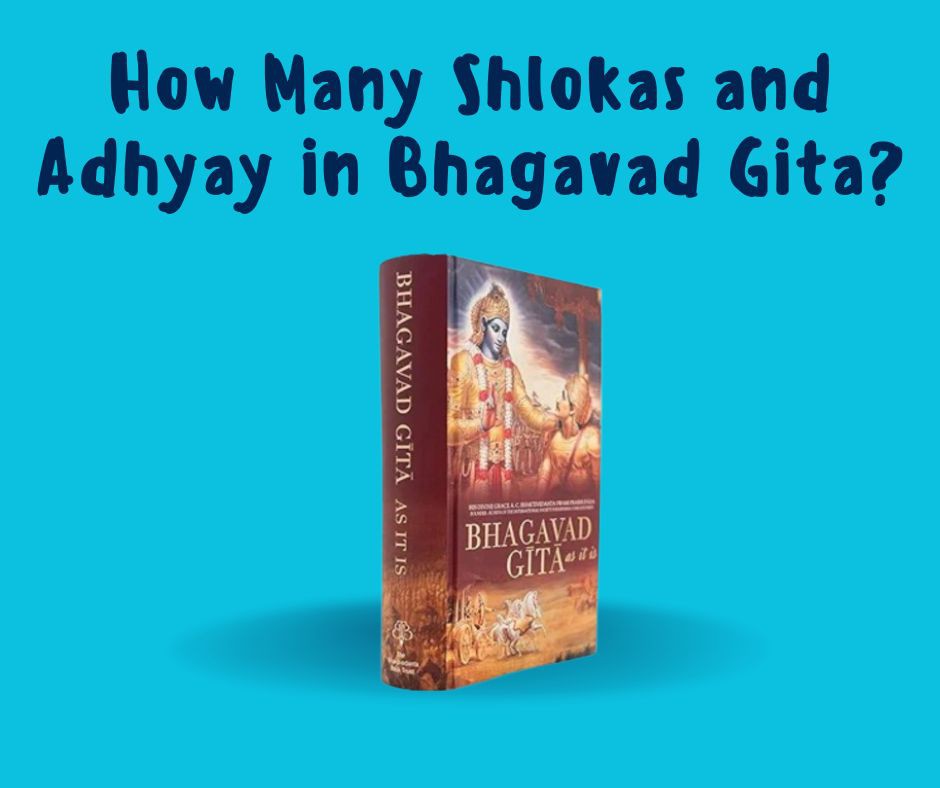
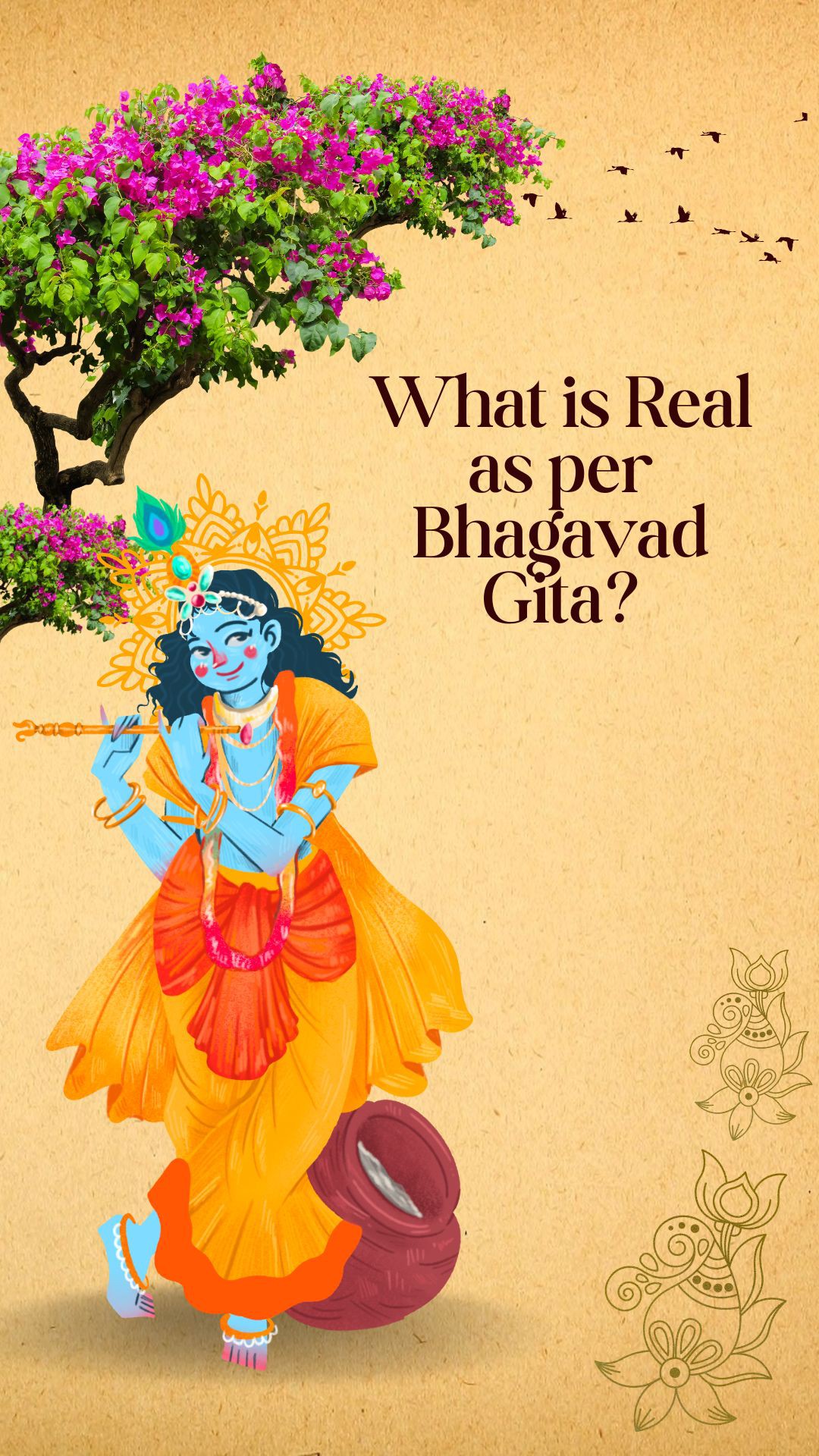



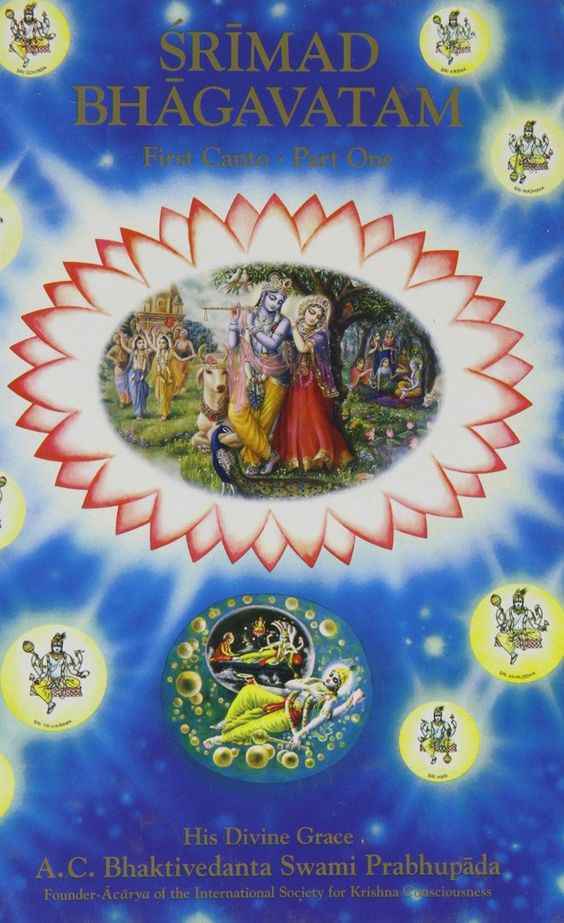
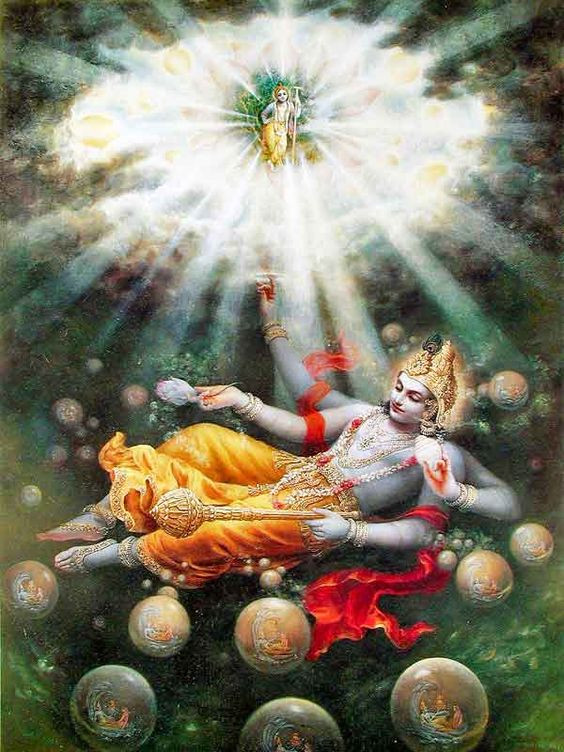
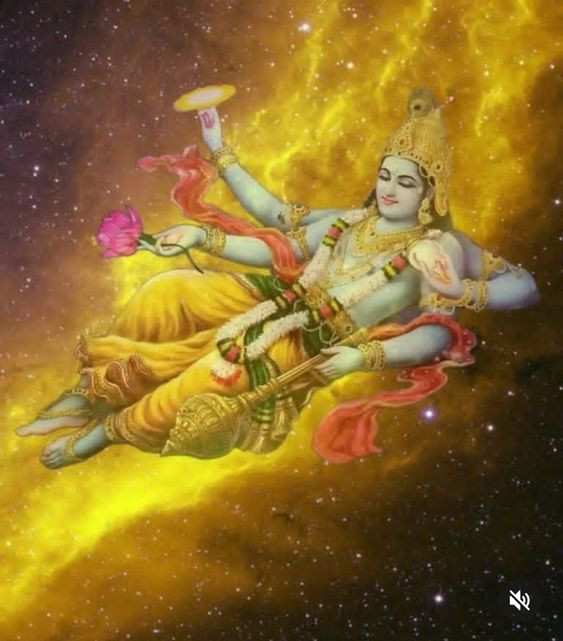
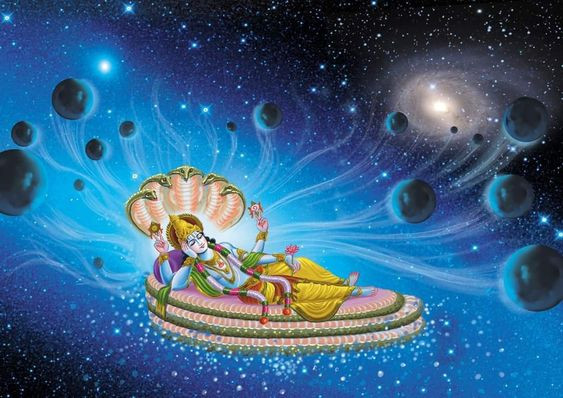
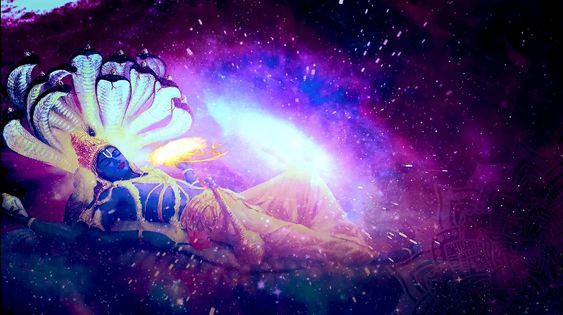
Leave a comment